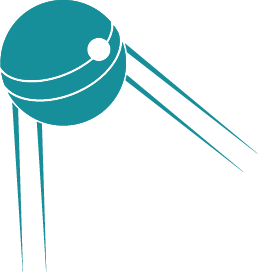Why you should start with WHY
Have you heard of FYRE Festival? What about Theranos? The Netflix and HBO documentaries exposed them as being some of the most fraudulent scams to date.
Believe it or not, Elizabeth Holmes and Billy McFarland have something to teach you: why storytelling is essential to building a cult-like following. Whether you use storytelling to build a great business or a fraudulent scam is up to you, but ultimately, storytelling is an imperative craft.
In the wise words of Simon Sinek, “People don’t buy what you do, they buy why you do it.”
Sinek describes the storytelling craft with the illustration below. Many leaders make the mistake of telling their stories by starting from the outside, but iconic leaders, like Steve Jobs, start their stories from the inside-out.
This might seem obvious to the astute startup founder, but it’s shocking how many forget that if you don’t take the time to explain your ‘why’, you have a good chance of losing your audience on your ‘what'.
Now that we’ve explained why you should start with ‘Why’, here are three tips to keep in mind as you plan how to captivate your audience from the start:
Explain the Problem
For startups, specifically, if investors don’t understand your ‘why’ (i.e. the problem you’re solving), they won’t understand your solution and why it’s needed.
Note: YCombinator, the Silicon Valley accelerator that helped companies like AirBnB and Stripe in their humble beginnings, starts with the ‘why’ in their seed deck template.
Focus on the Present in Your Hook
In a recent workshop at Sputnik, our guest speaker Noah Zandan talked to our startups about how to get your message across effectively and how to be a visionary leader. Noah’s company collects and analyzes data on leaders’ speech and presentation styles and audience reception.
According to Noah’s research, one factor that makes or breaks effective communication is talking in the present more than you make assertions about the future. In his TED talk, Noah uses the example of Elon Musk, who introduces the question Tesla is trying to answer - how to accelerate the advent of electric transportation - in order to talk about his company’s plans for the future.
Posing a question is just one way to explain the ‘why’ in the present, but you can also hook your audience by telling a story or citing a surprising statistic that illustrates your problem.
Be Concise
Brevity is important, especially whether you’re networking at a meetup or making a formal presentation. If you’re going for maximum simplicity, the “X of Y” formula can be an effective way to explain your why and what in one sentence. Oftentimes this formula has a built in ‘why’ if the Y is well known, because it borrows a similar problem and solution from a different industry.
For example, Tenavox, a company from Sputnik ATX’s third cohort, is changing the way small business owners find office space. Instead of describing them as a commercial real estate leasing platform (snore) when we talk about them, we instead describe them as “the Zillow of commercial real estate.”
On a scale of cardboard to chicken noodle soup, how much more digestible was that information? I’d go with the soup.





